How to Keep Bees Away From Hummingbird Feeders
Hummingbirds are a delight to watch in our gardens, bringing a burst of color and energy with their small bodies and rapid wingbeats. Providing a hummingbird feeder is a way to attract these birds to your garden, however, there's a common challenge that arises – bees and wasps are also attracted to the sugary concoction used in these feeders. Fortunately, there are various methods you can implement - here's how to keep bees away from hummingbird feeders.

Why Bees Are Attracted to Hummingbird Feeders
Before we dive into solutions, let's understand why bees are attracted to hummingbird feeders in the first place. Bees are drawn to sugary substances, just like hummingbirds, and the scent of the sugary solution combined with the vibrant colors of feeders can easily attract them. While it's wonderful (and important) to help pollinators, it's also important to find a balance that allows both hummingbirds and bees to coexist without causing undue stress to either species.
How to Keep Bees Away From Hummingbird Feeders
1. Choose the Right Feeder Design
One of the most effective things you can try to prevent bees and wasps from being attracted to your hummingbird feeder is make the correct choice of hummingbird feeder itself.
Bee Guards
There are nectar feeders available with bee guards, which are small plastic screens that cover the feeding ports. These allow hummingbirds to access the nectar while keeping bees out. You can purchase nectar guard tips to add to your feeder—just be sure to check that they will fit the feeder you own.
Bee Moats
You could also try bee moats, which are small reservoirs filled with water that create a barrier to deter bees from reaching the nectar ports.
Avoid The Color Yellow
As bees and wasps are attracted to the color yellow, try to avoid using a feeder that has yellow as part of its design. This is particularly the case if your feeder doesn't have bee guards or bee moats to stop them from being able to reach the sugary solution.

2. Choose the Right Location
Where you place your hummingbird feeder is a factor in the likelihood of attracting bees. Try positioning the feeder in a shaded area, as bees are more likely to be attracted to feeders in direct sunlight. Additionally, consider placing the feeder away from plants and flowers that bees enjoy frequenting, as this can help reduce the likelihood of bees discovering the feeder in the first place.
3. Distract Bees From the Feeder
By providing alternative feeding sources for bees, you can divert their attention away from the hummingbird feeder. Planting bee-friendly flowers away from feeders to create a bee-friendly garden is a great method of distraction, enticing bees to focus on these blooms instead of the nectar feeder.

4. Periodically Move the Feeder
By moving the feeder to a new spot in your garden, hummingbirds should be able to find where it's been relocated to, but bees are less likely to know that the feeder is still there, just in a different location. It takes bees more time to find new nectar sources and to relay the new location to their hive, which honey bees do through their waggle dance!
5. Regularly Clean and Check The Feeder
Keeping a clean and well-maintained hummingbird feeder is crucial, whatever the season. Feeders need to be cleaned thoroughly and refilled every few days during warmer weather when the nectar can spoil more quickly, and every week during the winter. Any spilled nectar or sticky residue can attract bees and other insects, so it's important to check for this.
It's also important to check for leaks. Any sugary solution leaking out is sure to attract bees and wasps, so ensure feeders are properly sealed.
With a bit of planning, you can create a hummingbird-friendly oasis whilst also keeping bees away from hummingbird feeders. By implementing these tips, we hope you can enjoy the beauty of both bees and hummingbirds in your garden. Shop our Pollinator Collection for bee shirts, hummingbird hoodies, and more.
All products recommended by Because Tees are hand-selected by our small team. This post contains affiliate links. If you buy something through one of these links, we may earn an affiliate commission to pursue our mission to create a better world.

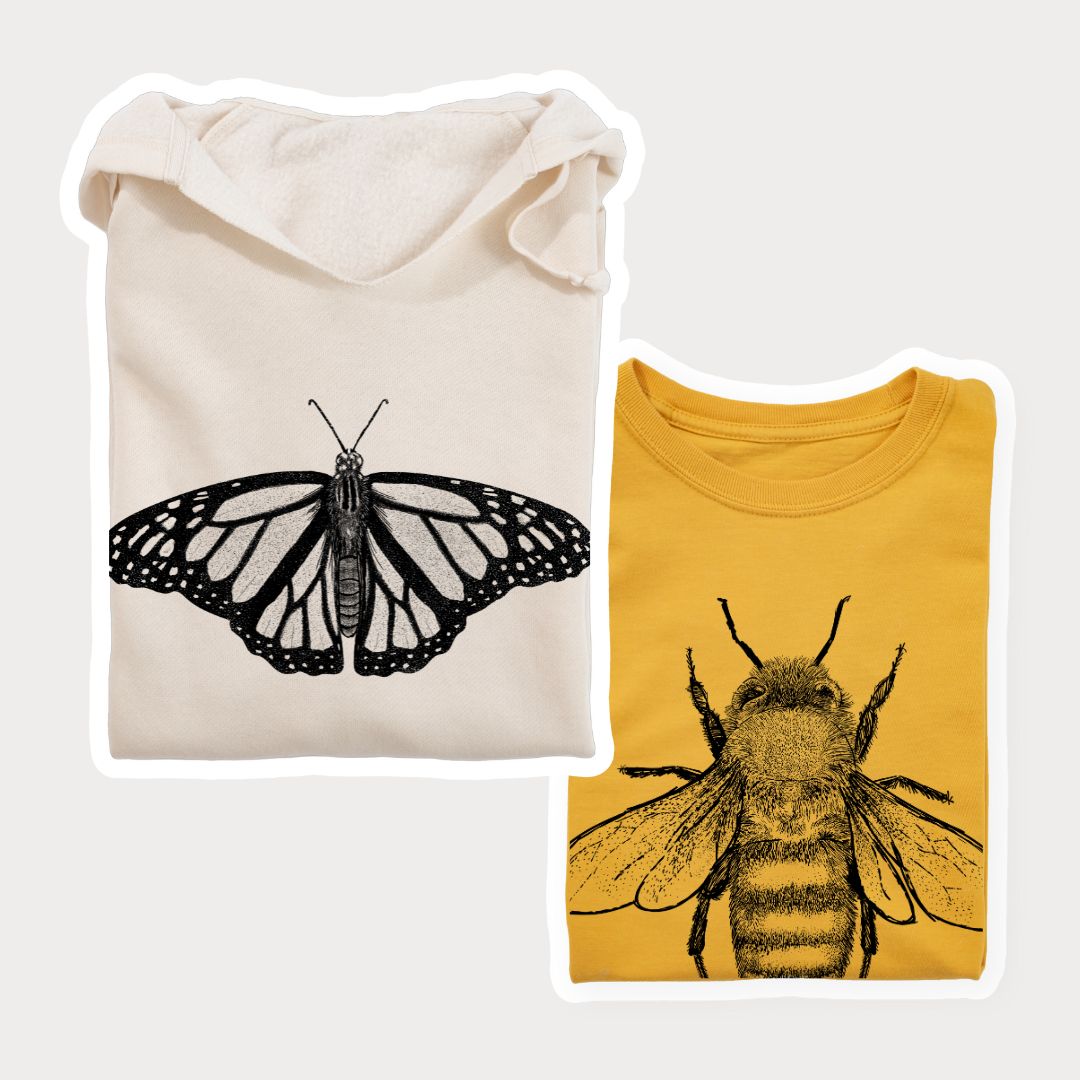



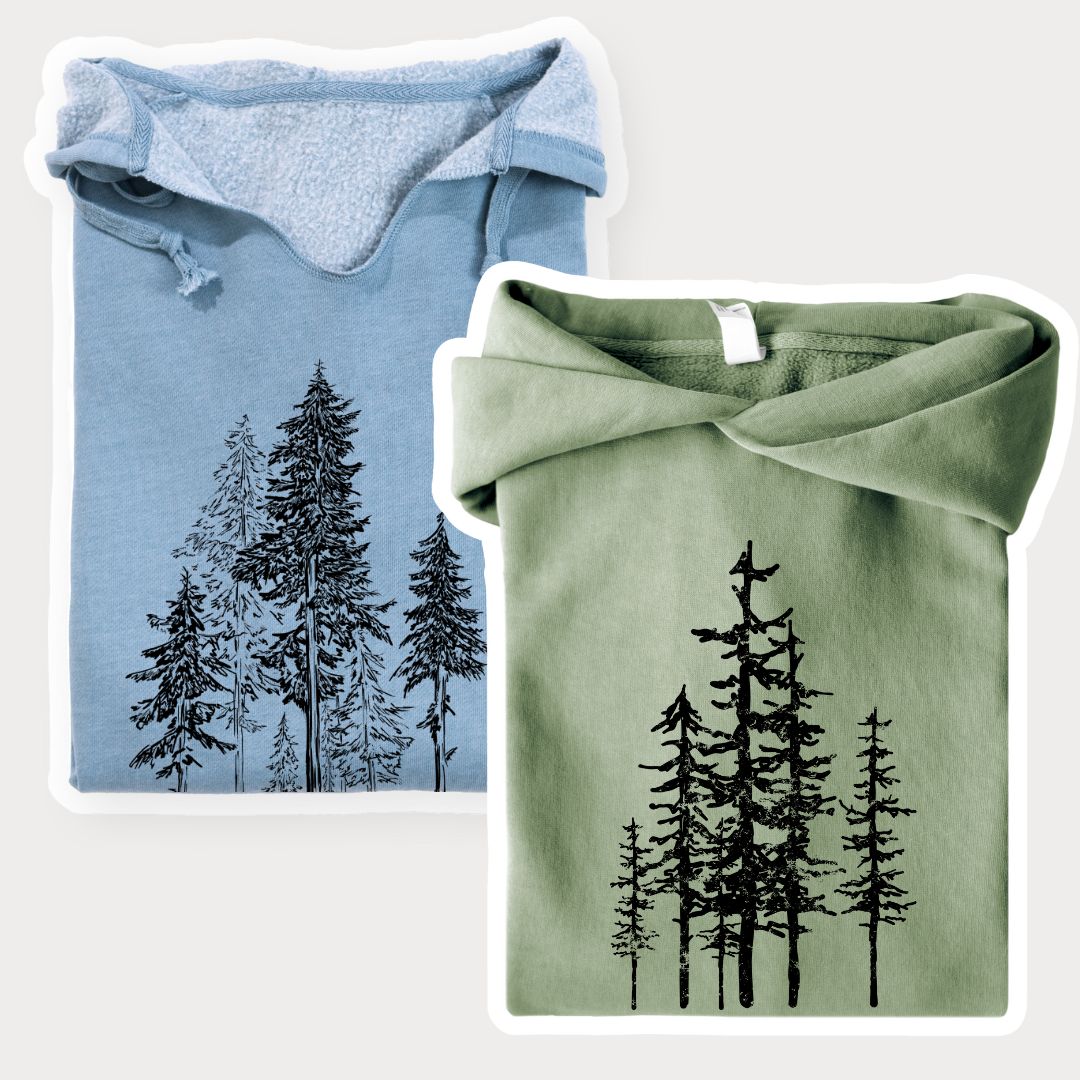
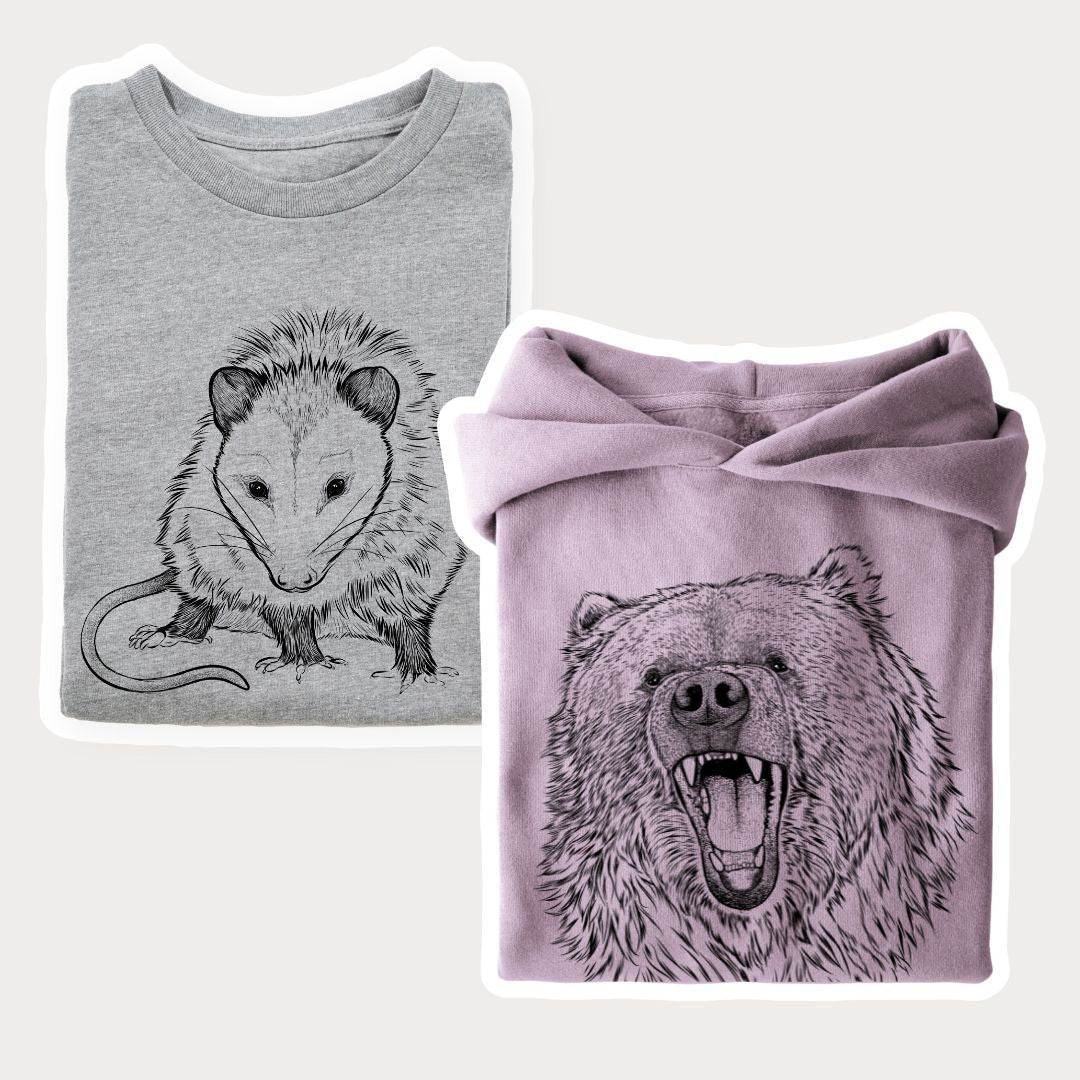




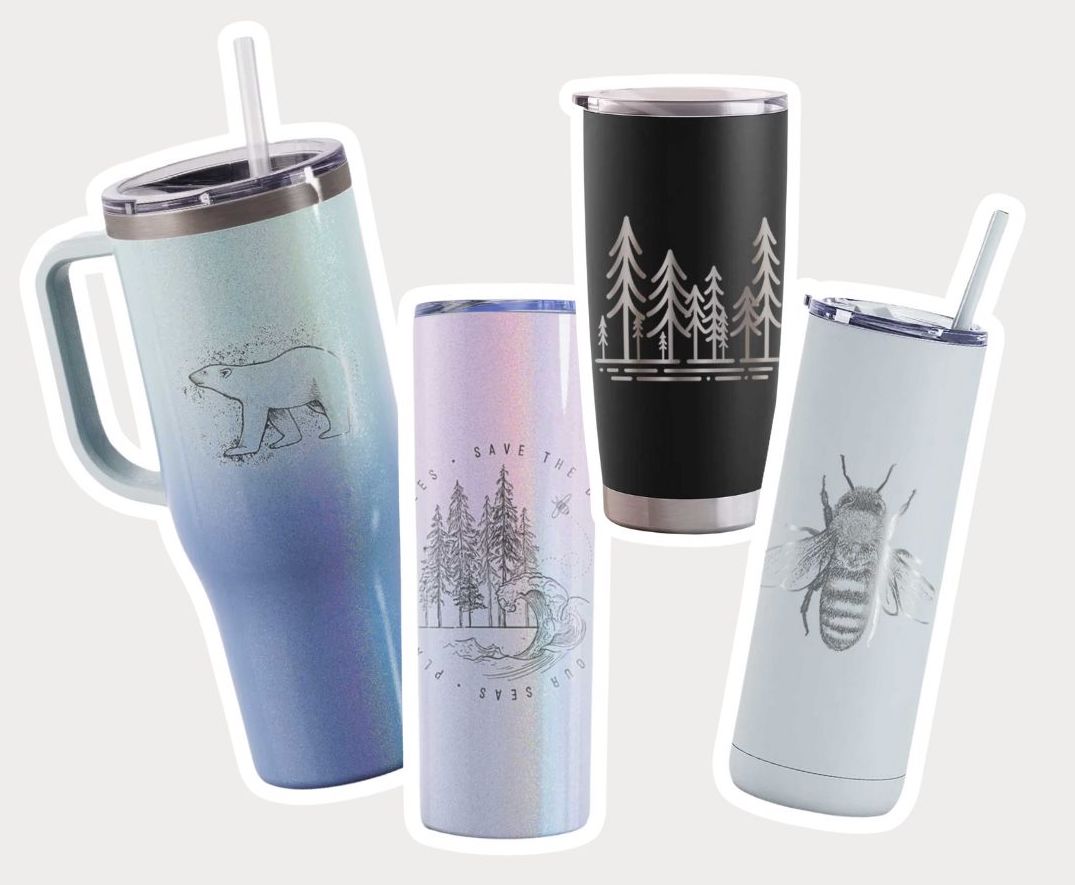


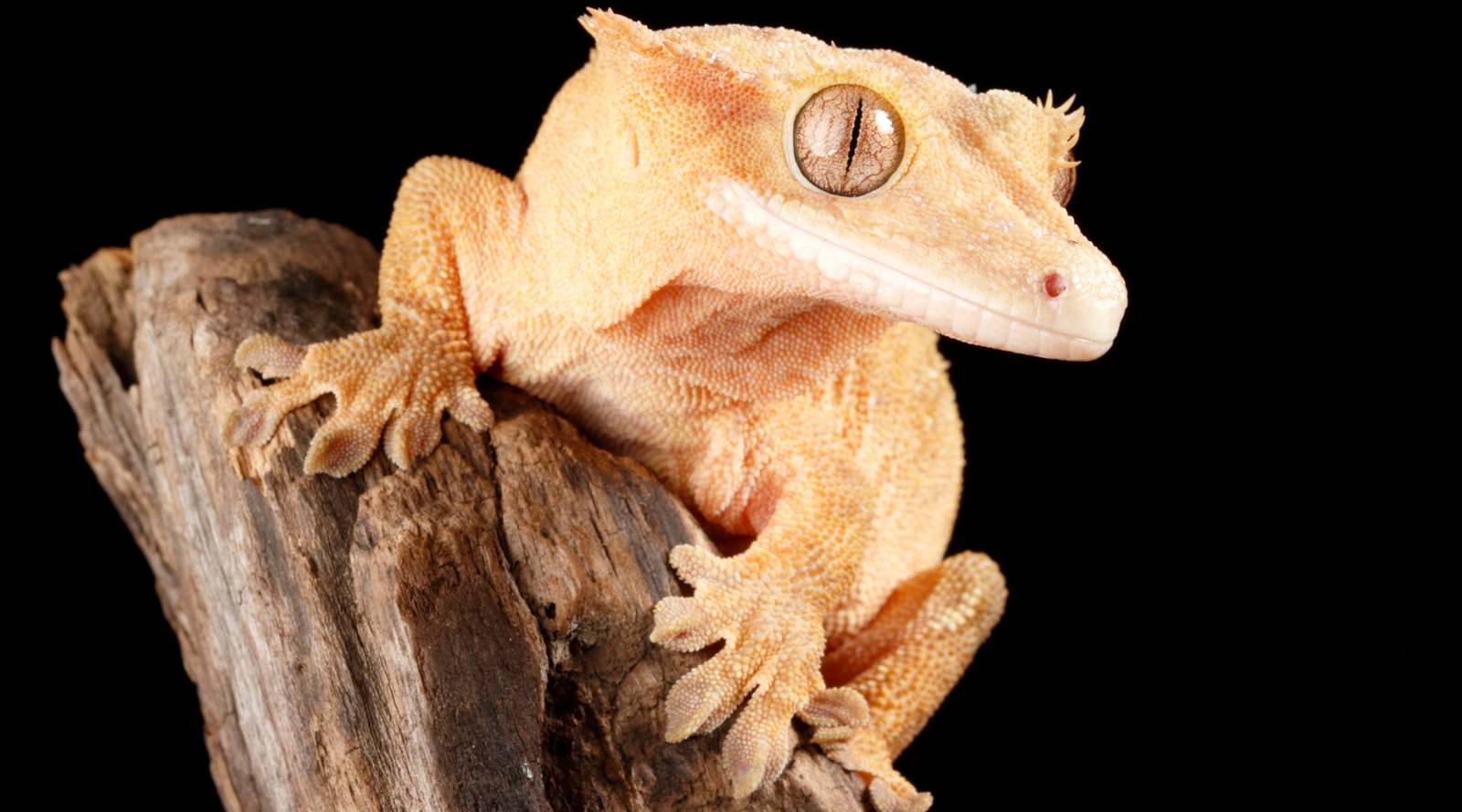
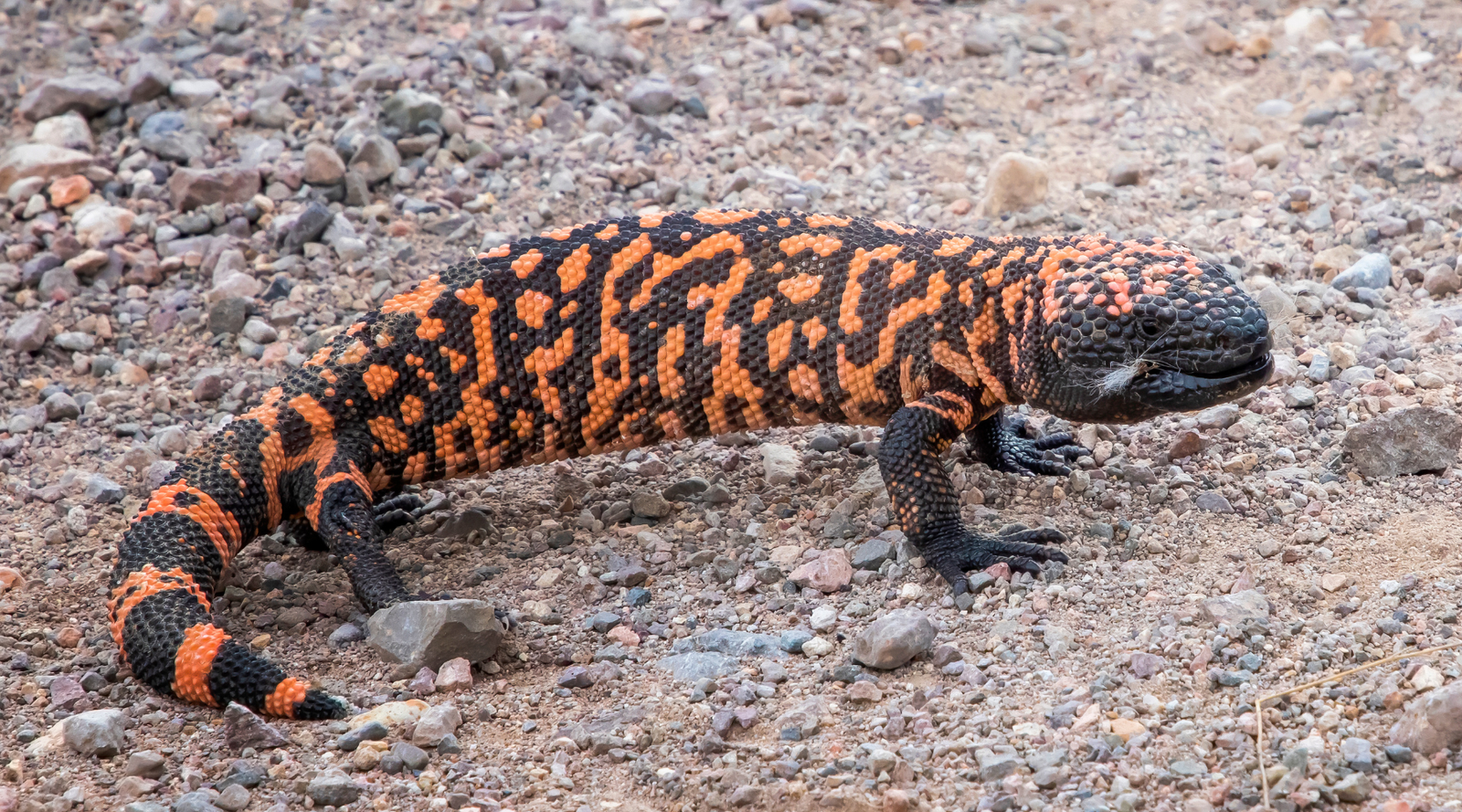
wHibbetts
October 08, 2024
I replaced my
hummingbird feeder with the ones that are suppose to keep bees away but the hummingbirds would not use it at all so i replaced with one the hummingbirds enjoy, now i have bees again!